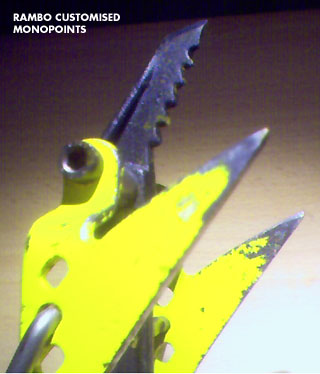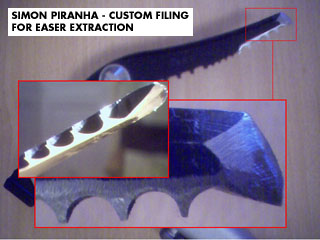
| www.flickr.com |
April 2010
Great trip to
Rjukan, Norway with Tim and Paul.
January 2003
Ice season in La Grave was fantastic this year. Sean was down and we had quite a day out on Caturgeas,
La Grave. Later in January Tim and Paul came for some more action. Got some great photos from the season - a couple of them available to spice up your desktop
background if you like.
Feburary 2001
As many of you know, I have been in France since the start of the
year after a number years in England. One of the things France has that
England lacks is reliable ice climbing conditions. Grenoble where I currently
live is right on the doorstep of one of the biggest waterfall ice climbing
areas in Europe if not the world.
Just like normal climbing France has very easy access to the ice, safe bolted belays and even bolted ice routes. Less adventurous than England, but in ice climbing you actually appreciate this - at least to start with - as the nature of ice climbing is arguably more on the edge (read dangerous) than normal rock climbing. Much more objective dangers.
I have only scratched the surface of the climbs down here - I have so far enjoyed a few of the falls in La Grave, the incredible sunny ice of Alpe D'huez and the magnificent multipitch and more remote routes of Vallon Diable.
January 1998
Central Gully, Great End England with Tim. My
first go at ice climbing. "Steady blows mate". Thin ice. Dislodged a boulder.
Climbed on my own axes that I had just sold to Sean.
A great thing about ice climbing is all the required and highly specialised tools that you'll need. Once you get the equipment you can spend endless evenings customising the little babies and optimising them for top performance. Below is a few shots of the alterations I've done to my kit so far.
Monopoint kit

As far as I see it monopoints is far superior to traditional double front points when it comes to climbing steep water ice. Here are my experiences so far:
Filed pick

The filed ice pick. This is a tip taken from Jeff Lowe's book about ice climbing. When I got my Piranha's I had a go first time out on the ice with the standard pick. It's really difficult to get out bordering to the rediculous - you seem to spend most time and energy on desperately trying to get that axe out of its placement. Anyway - I filed the first 4 teeth to a bevel shape and I filed the first tooth down in level with the actual tip. It's definately works - they feel easier to place and easier to remove (of course you don't want axes that are too easy to remove).
I used a standard metal file for the job - don't be tempted to use a machine. The heat generated on the metal can destroy the hotforging that the metal supposedly is treated with. And what better thing to do a weekday evening than to sit and sharpen your tools. Sure beats watching the television.